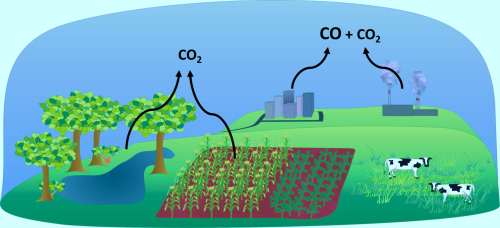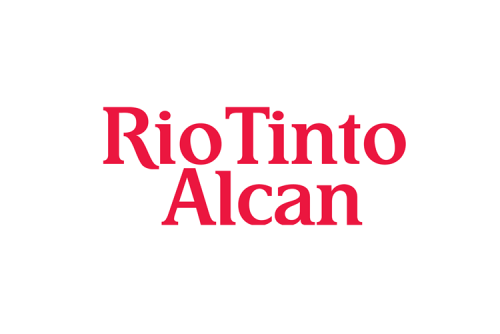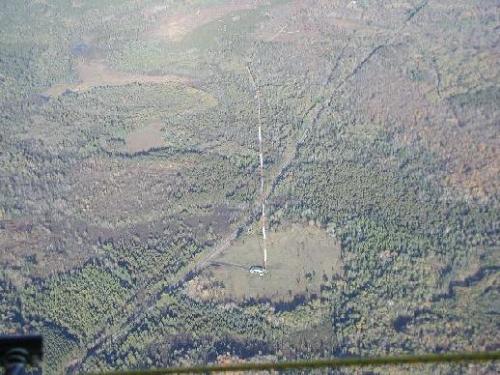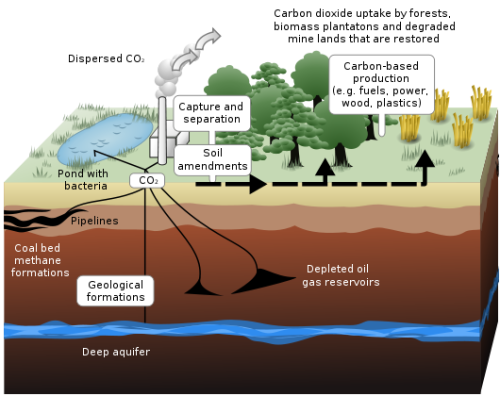你怎么知道二氧化碳水平的上升是人类活动造成的?
The greenhouse gas carbon dioxide (CO2) is a product of human activities that use carbon-based fuels, such as home heating, cars, and manufacturing plants, to name a few. But CO2 also has many natural sources, such as soil, volcanoes and all living things that breathe. So a necessary question that should be asked by climate and citizen scientists alike is, “How do you know increases in CO2 are from human activity?”




